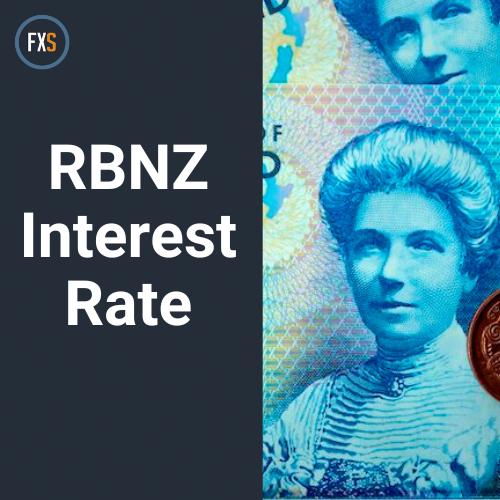The Reserve Bank of New Zealand is anticipated to follow the footsteps of the US Federal Reserve by announcing a 50 bps interest rate cut to 4.75% on Wednesday. New Zealand’s economy has been experiencing a deepening downturn, causing inflation optimism to flag outsized rate cut bets for the RBNZ. These policy announcements are expected to inject intense volatility into the New Zealand Dollar.
The RBNZ will not be publishing the quarterly economic projections alongside its policy statement, and there will be no press conference held by Governor Adrian Orr. The central bank is widely expected to lower the Official Cash Rate (OCR) by 50 bps from 5.25% to 4.75% following its October monetary policy meeting. This cut comes after a surprise 25 bps rate reduction back in August. Despite a smaller-than-expected GDP contraction in Q2, the declining trend in inflation and slowing economic activity are making a case for a potential 50 bps cut this week.
The RBNZ’s latest projections show headline CPI at 2.3% and non-tradeable CPI at 5.1% in the third quarter. There is a risk of inflation dropping below the 2% target range midpoint. However, non-tradable CPI is expected to remain stickier. This 50 bps cut may be a one-off move, with the RBNZ reverting to gradual 25 bps reductions into a terminal rate close to 3%. The interest rate decision by the RBNZ will impact the New Zealand Dollar, with markets pricing in a 50 bps rate cut on Wednesday. The USD is strong following strong NFP data, leading to expectations of no outsized Fed rate cut in November.
The fate of the NZD/USD pair hinges on the central bank’s communication on the size and pace of future rate cuts. If the RBNZ lowers the OCR by 50 bps but surprises with a cautious tone in its policy statement, the NZD is likely to see fresh demand. On the other hand, if the RBNZ acknowledges progress in disinflation and hints at the possibility of more significant rate cuts, the NZD/USD pair could head lower. The sustainability of the NZD/USD pair’s movement will depend on whether the 200-day Simple Moving Average is defended or broken.
Central banks have the key mandate of maintaining price stability in a country or region by keeping inflation close to 2%. These banks control inflation by adjusting the benchmark policy rate. Central banks are typically politically independent and have members with different convictions on monetary policy. The chairman leads the meeting and ensures a consensus is reached between the members. Speeches by the chairman communicate the monetary stance and outlook, while a blackout period prevents members from publicly speaking before a policy meeting.










